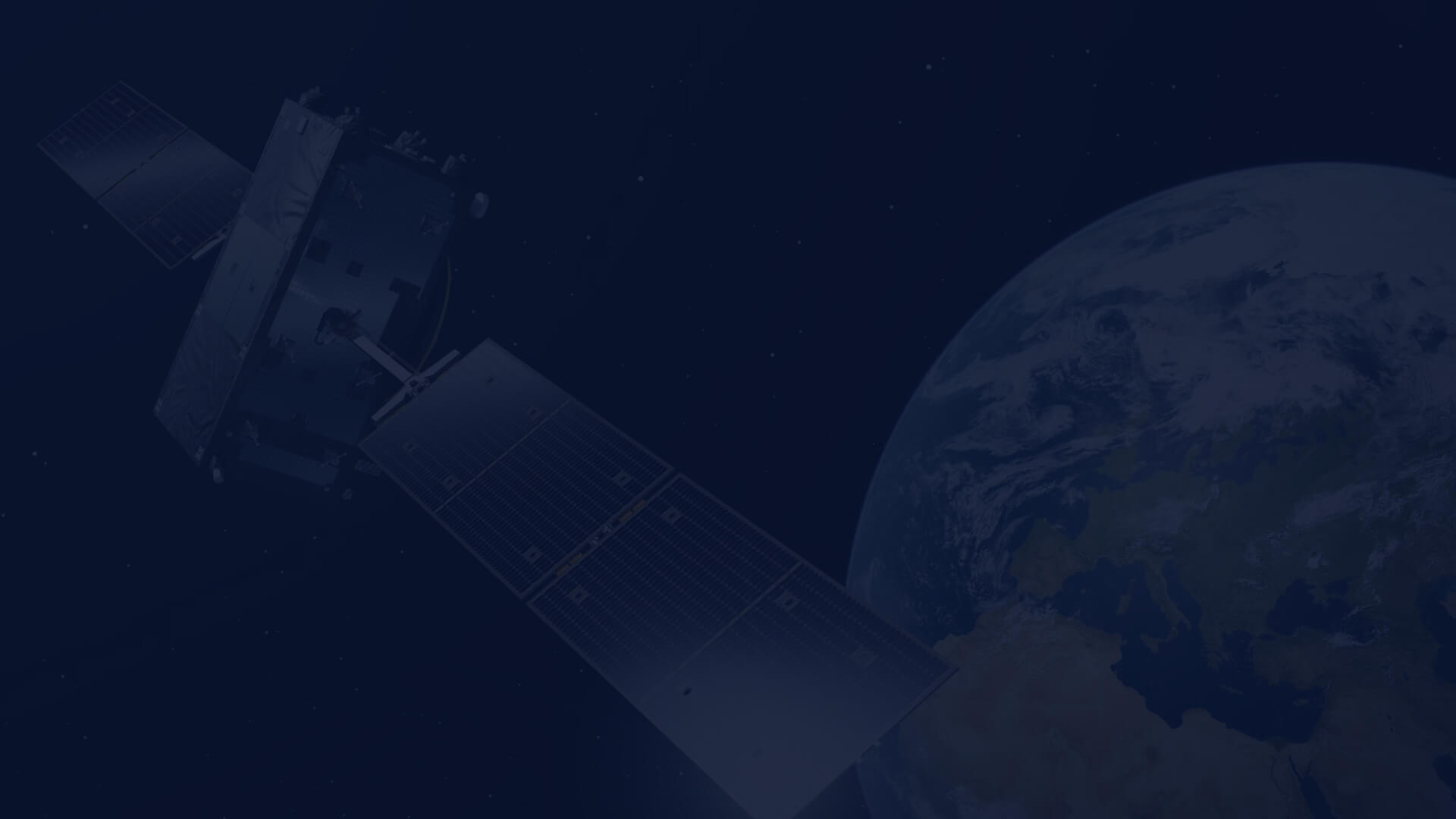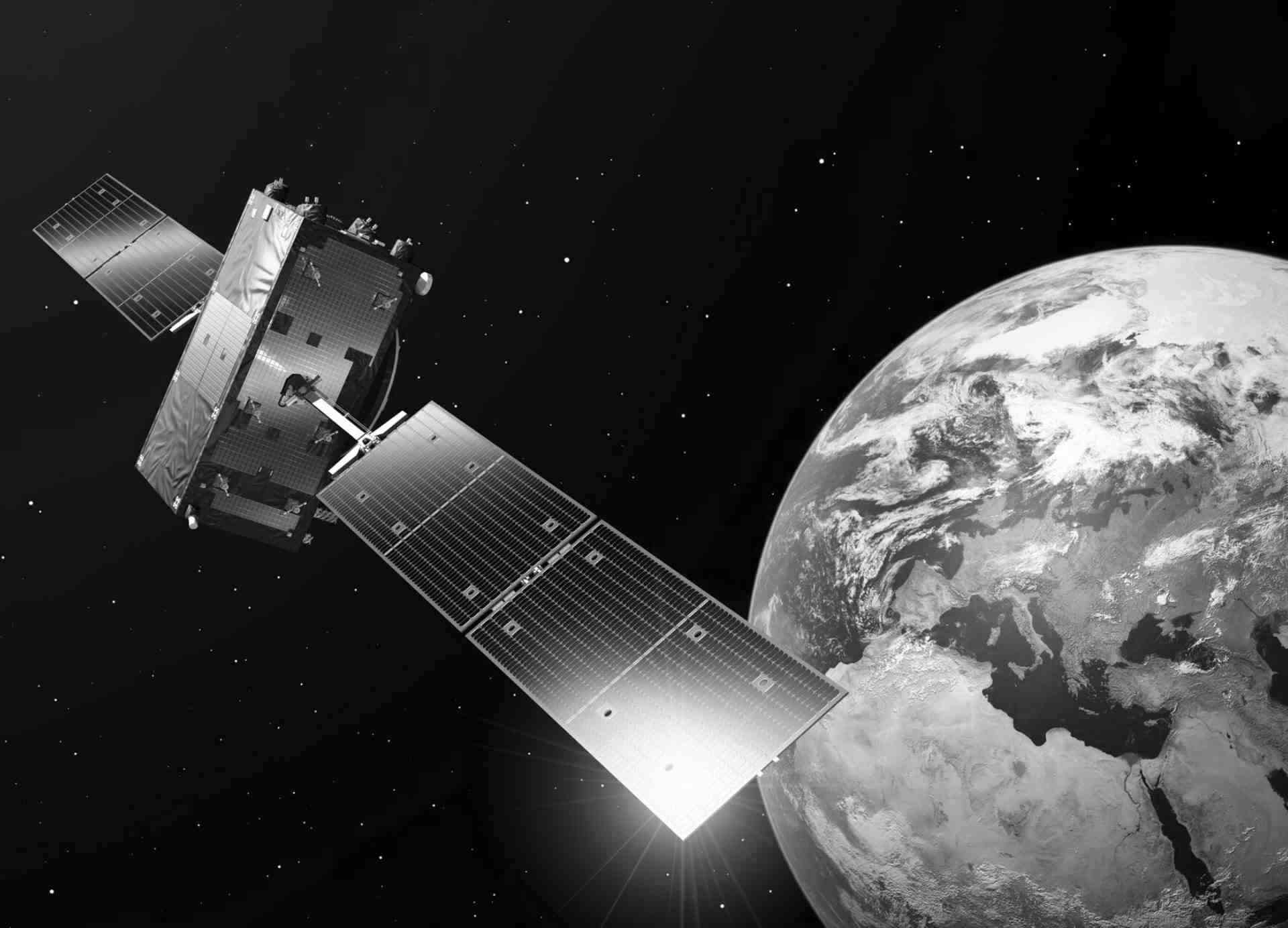The Copernicus Open Access Hub service will cease operations at the end of October 2023. To continue accessing Copernicus Sentinel data, please self-register on the Copernicus Data Space Ecosystem. Please see a guide for migration here.
The new portal, Copernicus Data Space Ecosystem, brings a wide range of tools: a browser for visualisation, object storage for user’s data, S3 public endpoint, STAC catalogue, OData and OpenSearch querying APIs, Jupyter Hub, Notebooks, OGC services, traceability API, OpenEO and Sentinel Hub’s APIs.
Discover more on dataspace.copernicus.eu.

ECOSTRESS was launched by NASA to the International Space Station (ISS) on June 29, 2018. The instrument includes a TIR multispectral whiskbroom scanner with five bands between 8 and 12.5 μm, which scans at ±25° and results in a swath width of ~400 km depending on the ISS height. The ISS orbit allows excellent coverages of the selected targets with multiple revisits in the diurnal cycle. The pixel size after resampling at the nadir is ~70 × 70 m.
Read more about ECOSTRESS datasets.
CloudFerro, the operator of CREODIAS, is inviting you to enter the 4th edition of the contest “Seize the beauty of our Planet” for the best satellite image of the Earth. This edition's theme is global warming, and the contest motto is "Together for COOL Earth!"
We are looking for the most outstanding satellite imagery depicting the consequences of global warming. All you need to do is to submit an image generated on one of the EO platforms developed / co-developed and operated by CloudFerro - CREODIAS, Copernicus Data Space Ecosystem, WEkEO, CODE-DE or EO-Lab. You can use dedicated software of your choice (e.g. QGIS) to better indicate the area affected by phenomena resulting from global warming.
As in previous editions, winners are selected by internet users, who vote for the best 13 images, and then a Jury, who chooses 3 best images that take the 1st, 2nd and 3rd place.
Go to the contest page on cloudferro.com/en/contest2023 to learn more about the contest and prizes you can win.

CREODIAS provides commercial services for Copernicus Data Space Ecosystem oferred by a Consortium consisting of T-Systems as a leader, CloudFerro, Sinergise, VITO, DLR, ACRI-ST, and RHEA. Payable services include: CloudFerro cloud, T-Systems Open Telekom Cloud, EO based services including VHR imagery, PGaaS, Sentinel Hub, openEO, free trials for most functions and more. Access to CREODIAS is possible using Copernicus Data Space Ecosystem credentials.
The Copernicus Data Space Ecosystem is constantly being developed, providing users with more and more attractive services. Here are some new features introduced recently:
- Data Workspace, new application for processing and ordering was launched and integrated with Copernicus Browser providing new experience for users.
- Ordering products from archive – Deferred Access Data is enabled, enriching data offer.
- Partial download is now available on Copernicus Browser. User does not need to download a full EO product. It is possible to select individual files for downloading.
- OpenEO API is available [https://openeo.dataspace.copernicus.eu/]
- Jupyter Notebooks service was enabled [https://jupyterhub.dataspace.copernicus.eu/hub/login?next=%2Fhub%2F].
- Existing traceability service was enriched with new web user interface [https://trace.dataspace.copernicus.eu/traces]. Starting mid-April, new traces were generated for constantly ingested Sentinel-1, Sentinel-2, Sentinel-3 and Sentinel-5p products. Now, users can search for traces using web UI, in addition to the previously released traceability API.
- Sentinel-1 Level 1 GRD Cloud Optimized GeoTIFF are available and accessible for users.

